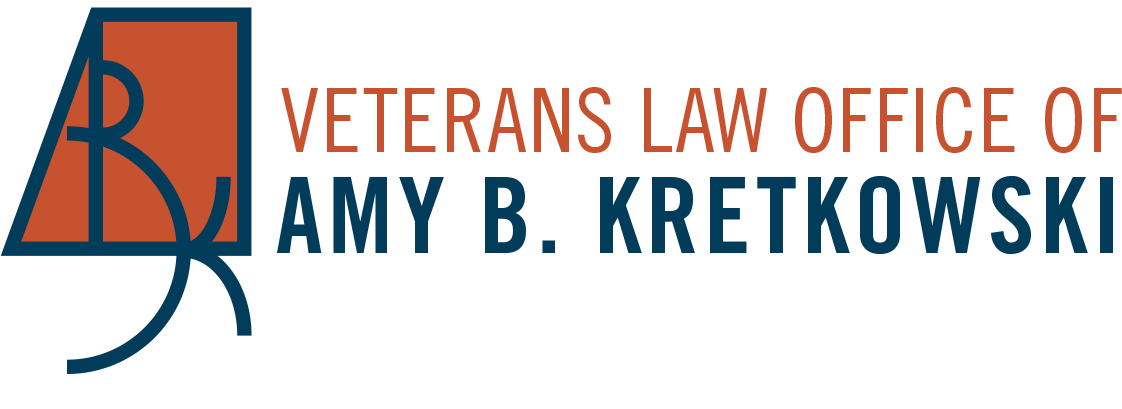Overton: M21-1 definition of "inland waterways" is not binding on the Board
/Overton v. Wilkie, docket no. 17-0125 (Sept. 19, 2018)
HELD: The M21-1 provision that excludes all Vietnamese bays and harbors from the definition of “inland waterways,” for purposes of presumptive exposure to herbicides, is not binding on the Board – and while the Board can rely on this M21-1 provision as a factor in its analysis, it “must independently review the matter the M21-1 addresses” and explain its reliance on the provision.
SUMMARY: Patrick Overton appealed the denial of service connection for diabetes and ischemic heart disease, asserting that he was exposed to herbicides while serving aboard the USS Providencein Da Nang Harbor in 1967. The Board denied the claims based on VA’s Adjudication Procedures Manual(M21-1) that excluded all bays and harbors from the definition of “inland waterways.” *3.
At the Court, Mr. Overton argued that he is entitled to the presumption of service connection based on herbicide exposure and that the Board failed to analyze the possibility of his exposure. *4. He argued that the Board is required to determine whether it was at least as likely as not that there were levels of herbicides in Da Nang Harbor “sufficient to justify the herbicide exposure presumption, not whether it is probable that he was exposed to herbicides.” *5. The Secretary argued that the Board properly applied the law.
The Court discussed the legal history surrounding VA’s distinction between “blue water” and “brown water” and its definition of “inland waterways” for purposes of presuming exposure to herbicides. *6-7. The Court summarized this history as follows: (1) VA can “draw reasonable lines demarcating inland versus offshore waterways when considering whether a veteran is entitled to the presumption of herbicide exposure” (Haas v. Peake, 525 F.3d 1168 (Fed. Cir. 2008)); (2) VA must do so “in a reasoned, nonarbitrary manner focused on the likelihood of herbicide exposure” (Gray v. McDonald, 27 Vet.App. 313 (2015)); and (3) “the Board is not bound by M21-1 provisions” (Gray v. Sec’y of Veterans Affairs, 875 F.3d 1102 (Fed. Cir. 2017)). *7.
Turning to Mr. Overton’s appeal, the Court found that the Board provided no more than a description of the holdings in Haasand Gray“to support its conclusion that Da Nang Harbor is not brown water warranting presumptive herbicide exposure.” *8. The Court found that the Board’s terse reference to the “new guidance” of the M21-1 provision was error because the Board is not bound by the M21-1 – and for it to simply “cite an M21-1 provision without further analysis … would effectively convert the M21-1 into substantive rules as a practical matter without providing a means to challenge such rules under the [Administrative Procedure Act].” *8. The Court added that the Board’s citation to the M21-1 as the sole support for its conclusion – that Da Nang Harbor is blue water – is inconsistent with the statutory requirement that the Board adequately explain its decisions.
The Court recognized that the M21-1 provision is relevant to issues on appeal – and that the Board cannot ignore this relevant provision. However, the Court held that the Board cannot “simply rely on an M21-1 provision … without first independently reviewing the matter” and explaining “why it finds the M21-1 an accurate guideline for its decision.” The Court rephrased its holding: “[T]he Board is required to discuss any relevant provisions contained in the M21-1 as part of its duty to provide adequate reasons or bases, but because it is not bound by those provisions, it must make its own determination before it chooses to rely on an M21-1 provision as a factor to support its decision.” *8. The Court remanded for the Board to explain its reliance on the M21-1 provision. *9.
The Court further noted that the purpose of the regulation that established the herbicide presumption was “to compensate veterans based on the probability or likelihood of exposure to herbicides.” On remand, the Court directed the Board to “explain why its determination of entitlement to presumptive service connection is based on a likely herbicide exposure and achieves the purpose behind the regulation.” *9.
At oral argument, the Secretary urged the Court to defer to his M21-1 interpretation under Auer v. Robins, 519 U.S. 452 (1997). The Court declined to address this argument, as the Secretary did not raise it in his brief, but instead raised it for the first time at oral argument. *9-10.
The Court also declined the address Mr. Overton’s arguments regarding service connection on a direct basis because that theory might be connected to the issue of presumptive exposure. *11.


